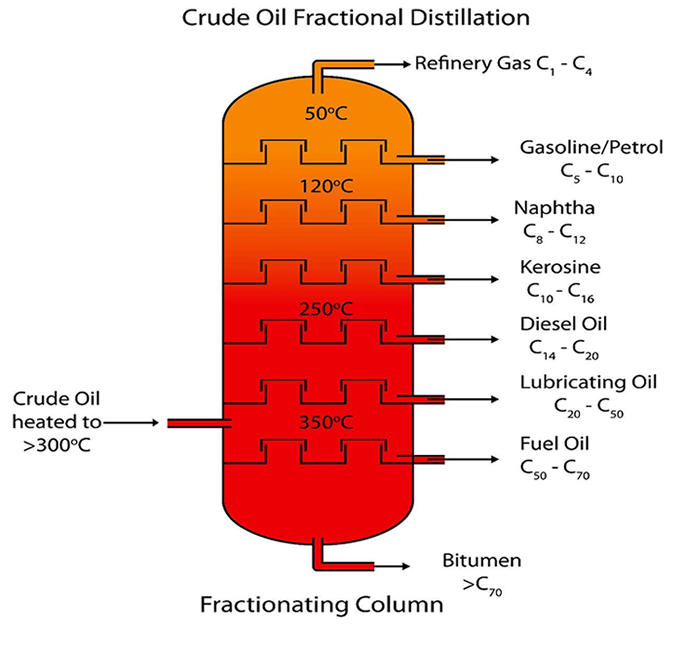Identification of deterioration
During the use of lubricating oil, some bulk oils deteriorate due to improper storage. Therefore, to master more of the identification method of deteriorating lubricating oil, it will provide more protection for safe oil.
First, the oil flow observation method: take two measuring cups, one of which contains the lubricating oil to be inspected, the other is placed on the table, the measuring cup filled with lubricating oil is lifted off the table 30-40 cm and tilted, let the lubricant flow slowly into the empty cup and observe its flow. The quality of the lubricating oil is slender, uniform and continuous; if the flow rate is suddenly and slowly, and sometimes there is a large flow, the lubricating oil has deteriorated.
Second, the hand rubbing method: the lubricating oil is rubbed repeatedly between the thumb and the index finger, the better lubricating oil has lubricity, less wear debris, no friction; if there is a large friction between the fingers, such as sand, It indicates that there are many impurities in the lubricating oil, which can no longer be used. The new lubricating oil should be replaced.
Third, the light method: on a clear day, use a screwdriver to pick up the lubricant, at a 45-degree angle to the horizontal, in contrast to the sun, observe the oil droplets. Under illumination, it can be clearly seen that there is no wear in the lubricating oil; if there is too much grinding debris, it should be replaced.
Fourth, the oil droplet trace method: take a clean white filter paper, a few drops of oil, after the oil leaks, if there is a black powder on the surface, the hand touch has a blocking feeling, it means that there are a lot of impurities inside the lubricant, good lubricants have no powder, they are dry and smooth by hand, and the marks are yellow.
Inspection Method
First, check the oil cover
Unscrew the filler cap and turn it over to look at the bottom, which can see traces of old or even dirty oil at the bottom of the filler cap. If the bottom of the filler cap has a thick emulsion with a thick consistency and a small droplet of water mixed with oil, this is not normal, It may be caused by damage to the cylinder head gasket, cylinder head or cylinder block, causing coolant to penetrate into the lubricating oil. If this happens, the contaminated lubricant will cause damage to the inside of the engine and needs to be overhauled.
Second, check the amount of lubricant
If there is no problem with the filler cap, then after finding the lubricant ruler, pull it out and first check the oil level. The oil level should be at the “FULL” position.
If the oil level is too low, the engine will be damaged due to poor lubrication, and the valve, cylinder head gasket and piston ring will be damaged. Observe the leaking lubricant on the floor at the bottom of the car. If there are conditions, check the cylinder pressure to see if there is a leak and damage the engine components.
Third, through the exhaust gas inspection
If the exhaust gas is blue smoke, it indicates that the valve oil seal is invalid, and the lubricating oil enters the combustion chamber of the cylinder; it may also be a fault such as excessive clearance between the piston ring and the cylinder wall or breakage of the piston ring; Or due to the sealing and oil seal aging and damage of the lubricating oil of the engine, the lubricating oil leaks and consumes too much lubricating oil.
Fourth, the color of lubricants
You can take out a paper towel, pull out the grease ruler and wipe it on the paper to observe the color and impurities of the lubricant. Generally, after changing the lubricating oil, the lubricating oil will turn black after using the vehicle for a period of time, which is normal. Other colors are not normal. If the color of the lubricating oil is found to be gray, white or emulsified, it means that water is mixed into the lubricating oil. It may be that the engine cooling system and the combustion system have a connected leak.

